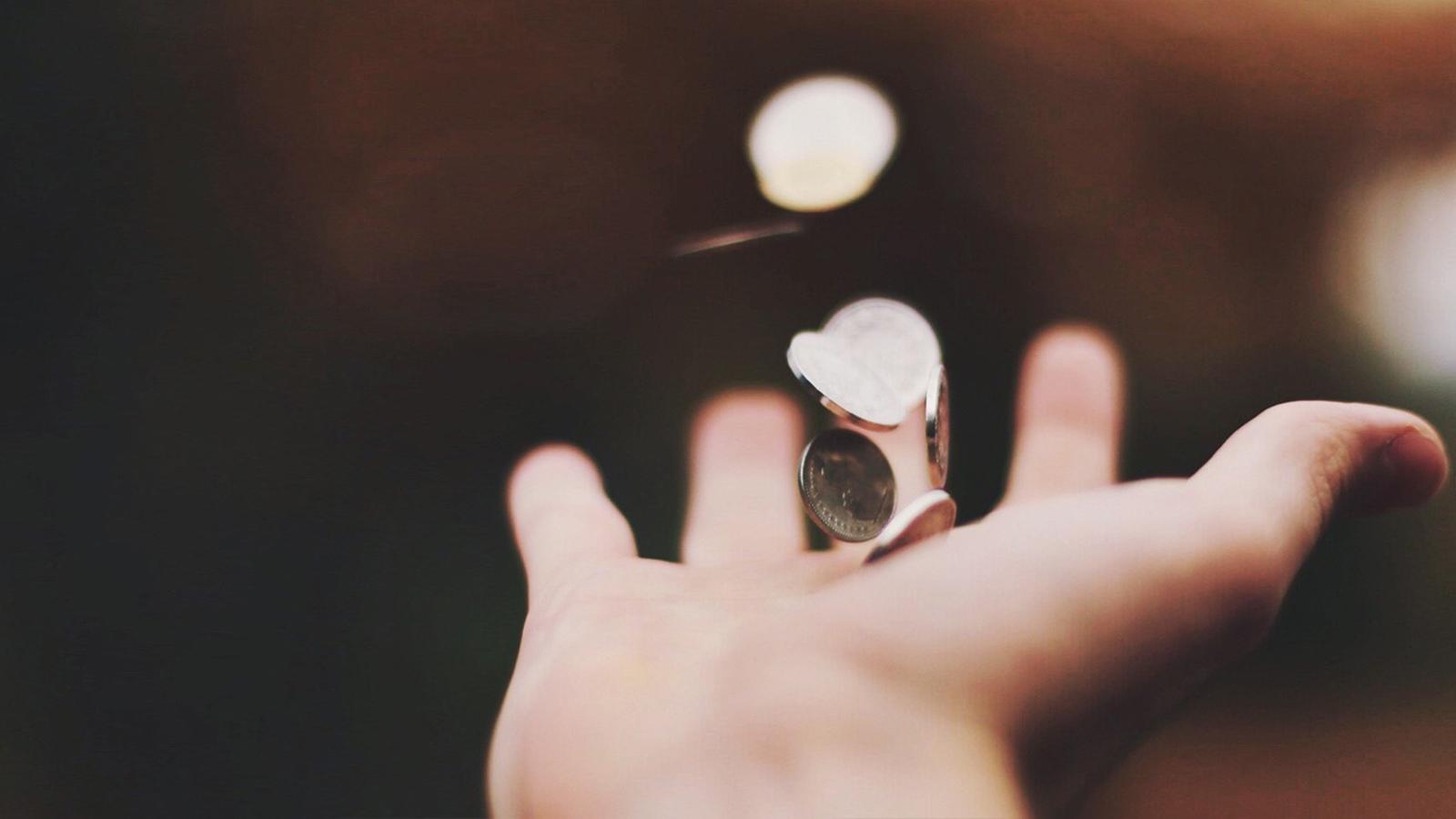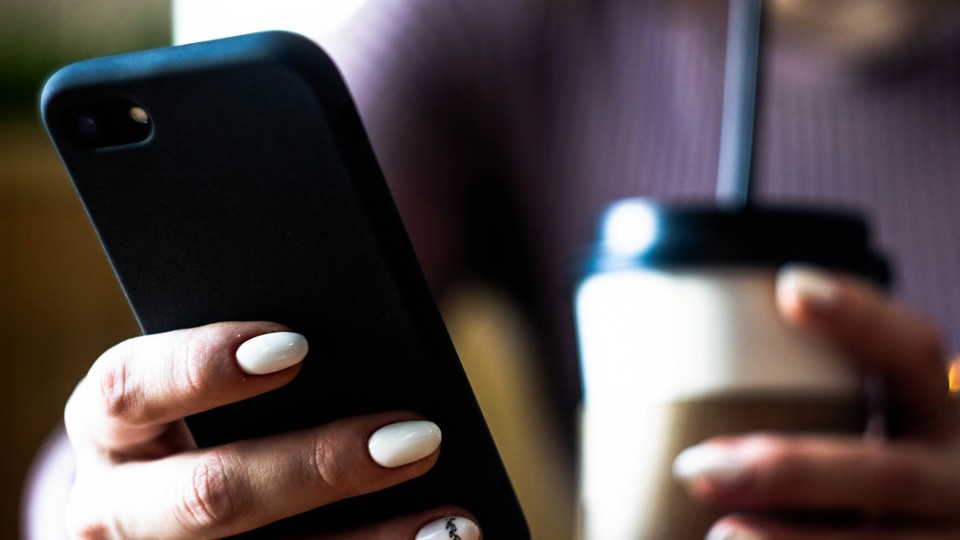
Coin Toss
What Does Gender Have To Do With Generosity?
Based on research by Vikas Mittal
What Does Gender Have To Do With Generosity?
- According to social psychologists, being biologically male or female is closely linked to what is called “feminine” and “masculine” identity: attitudes, beliefs and learned behaviors that traditionally have been identified as masculine or feminine.
- These “masculine” and “feminine” identities affect charitable giving.
- "When women prioritize morality, they’re more likely to give to strangers and international charities. Men with high moral identity, in contrast, typically give to friends and family or local charities.
The images flood your family’s living room. Parents and toddlers jammed in a motorboat. An elderly man clutching a sodden dog. And, far across the ocean, flimsy huts reduced to smears of wood on the ground. Who turns the TV off? Who dials the relief hotline in the neighboring state? And who pulls out a credit card to help people on the other side of the globe?
It depends a lot on gender: Not just the visible, biological one nature imposes, but a range of behaviors that, if not always interchangeable, are associated with it.
Scholars have devoted considerable attention to why people donate to particular charities — partly because the information is so helpful to charities crafting appeals. The stakes are high: Individual Americans donated $281.86 billion to charities in 2016, according to Giving USA 2017: The Annual Report on Philanthropy for the Year 2016.
According to Rice Business professor Vikas Mittal and coauthors Karen Page Winterich of Pennsylvania State University’s Smeal College of Business and William T. Ross Jr., formerly of Pennsylvania State University’s Department of Marketing, one of the primary forces in these decisions is gender identity. Beyond that, the researchers found, much depends on how much importance a person places on being moral, and whether the potential beneficiaries belong to an in-group or out-group.
To reach their conclusions, Mittal and his colleagues conducted three experiments analyzing gender and moral identities and their impact on donor decisions. The study expanded on several decades of research showing that in-group members are in general more likely to benefit from donor largesse.
First, the researchers established their terms. Moral identity, they wrote, is the importance people place on being a moral person. Gender identity, which closely corresponds to biological sex, describes a set of attitudes, beliefs and learned behaviors traditionally identified as masculine or feminine.
Traditionally, men or people with a masculine gender identity show agentic behavior — that is, a focus on the self, risk seeking and personal achievement. People with a feminine gender identity, by contrast, show more communal behavior, prioritizing relationships, group welfare, risk mitigation and collective achievement.
These characteristics influence charity decisions because they affect how inclusive people are in choosing the beneficiaries of their help. The more willing you are to consider the needs and feelings of strangers, the wider is your “circle of moral regard.” Women already tend toward communal behavior; those who in addition have high levels of moral identity will have an even broader circle of moral regard, and thus are more willing to give to charities targeted to strangers.
To trace the impact of these characteristics, Mittal and his colleagues asked two groups of undergraduates at a U.S. university to make choices about donating to relief efforts for Hurricane Katrina, which struck New Orleans in 2005, and the devastating Indian Ocean tsunami of 2004. For American undergraduates, Katrina signifies an in-group with victims closer to home, while the Indian Ocean tsunami refers to an out-group.
The surveys were rooted in the fact that Americans donated $4.25 billion to Katrina relief — nearly three times what they donated to tsunami victims. The researchers theorized that the disparity may have reflected donors’ views of fellow Americans in New Orleans as an in-group, and of tsunami victims on the other side of the world as an out-group.
The surveys first assessed respondents’ gender and moral identities, then asked them to decide what portion of a specified sum of money they should keep for themselves and what portion allocate to Katrina or tsunami charities.
In another experiment, an online survey of 233 U.S. adults, respondents chose between hypothetical donations to a fund benefiting victims of terror attacks in London — the in-group — and in Iraq — the out-group. Participants’ responses were assessed according to their biological gender, which the researchers determined is a close proxy for gender identity. This in itself was an important practical finding, since charities can direct appeals to men or women, but have no way to conduct controlled tests for gender or moral identity.
Statistical analysis of all three studies showed consistent results. Donations to the out-groups were linked significantly to strong moral identity and strong feminine gender identity. Among respondents with strong moral identity and strong masculine gender identity, donations to the in-group rose, but out-group donations were weak.
What should charities make of these findings? Appeals to men, the researchers suggested, might try to position their organization as an in-group. Appeals to female donors, on the other hand, might do better if they characterize the initiative as reaching a broader set of beneficiaries.
In an era when gender identity and traditional behavior are become more and more fluid, a few laws of nature and behavior are still useful shorthand in charitable giving. The person with a strong moral sense and a feminine identity — most likely, a woman — is the likeliest to donate the most to the greatest variety of people.
Vikas Mittal is the J. Hugh Liedtke Professor of Marketing and Management at the Jones Graduate School of Business at Rice University.
To learn more, please see: Winterich, K. P., Mittal, V., & Ross, W. T. Jr. (2009). Donation behavior toward in-groups and out-groups: The role of gender and moral identity. Journal of Consumer Research, 36(2), 199-214.
Also please see: Mittal, V. (2017). 5 ways nonprofits can engage donors. Marketing News, American Marketing Association.
Never Miss A Story


